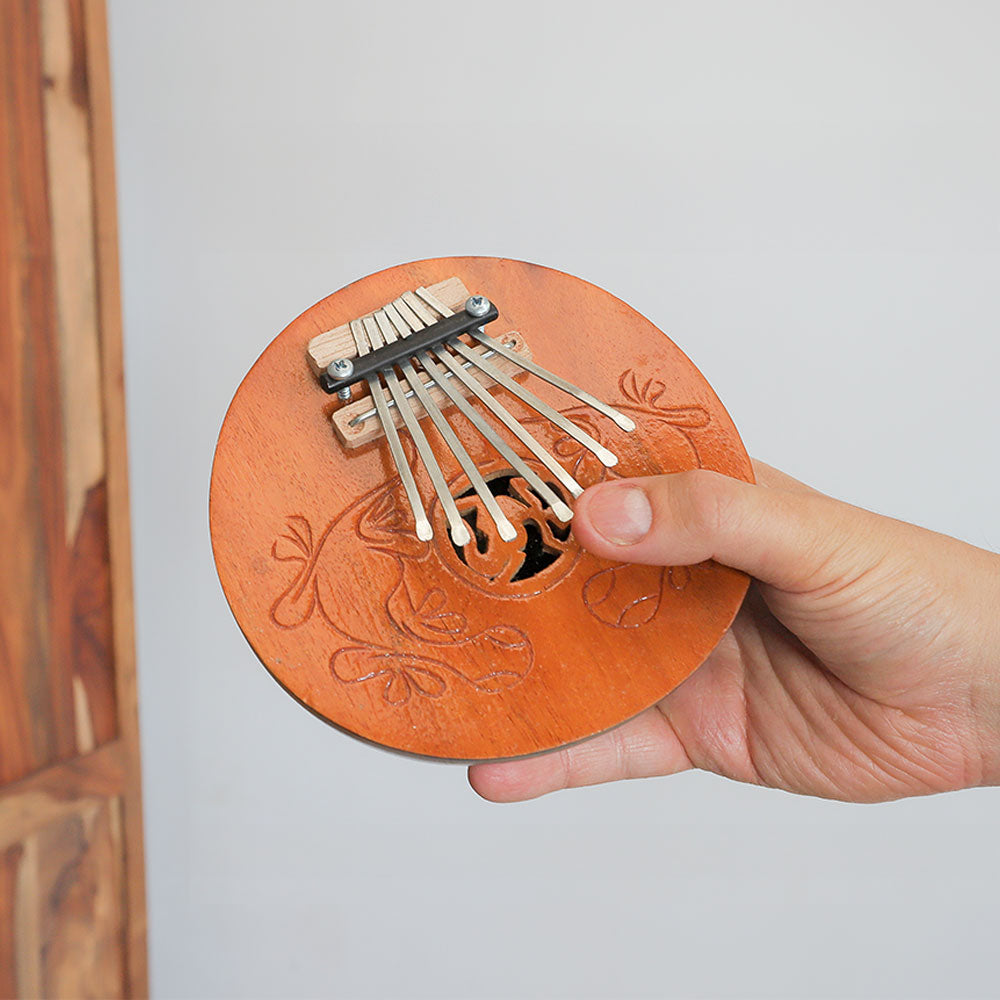Playing a singing bowl can be challenging, but following best practices helps avoid common mistakes. Position the bowl on a properly sized cushion to prevent dampened or muted sound—placing it on carpet or wood can cause harsh tones or spinning that blocks vibration buildup.
Avoid striking the bowl accidentally by keeping your wrist aligned with the rim and the striker straight, applying even pressure as you rub clockwise around the bowl’s edge with a full arm movement. While some play the bowl in their hand or fingertips, beginners should use a cushion for stability as the sound builds gradually through vibrations.
The Origin of Singing Bowl
Singing bowls have ancient origins, believed to have originated in the Himalayan regions of Tibet, Nepal, India, and Bhutan. These bowls have been used for centuries in various spiritual practices, including meditation, prayer, and healing rituals.
While the exact origins are not precisely documented, singing bowls have been an integral part of Himalayan culture for generations, passed down through oral traditions and cultural practices. Today, they continue to be cherished worldwide for their therapeutic and meditative qualities.
Benefits of a singing bowl
Singing bowls promote calm, relaxation, improved focus, concentration, and overall wellbeing by creating soothing vibrations that help many enter a meditative state more easily. They are generally safe to use if handled properly—keep the bowl away from your face and eyes, and use a cushion or pad to protect your hand from heat generated during use.
Using the Singing Bowl
The most important thing to remember is to take your time and get comfortable with the bowl. Start out by gently tapping the side of the bowl with the mallet. Increase the speed and pressure of your taps until you create a humming or ringing sound. You can also try using a variety of mallets and different techniques to create a variety of sounds.
These are just a few of the most common questions people have about singing bowls. With a little practice and patience, you can get the most out of your singing bowl experience. Remember, the benefits and therapeutic effects of using a singing bowl are well worth the effort.
How much do singing bowls cost?
Generally, the price of a singing bowl varies depending on the size and type you choose. However, you can often find smaller bowls for around £20 to £50. Larger, higher quality singing bowls may cost more, but can also come with a variety of different features.
Accessories you'll need
Accessories you'll need for your singing bowl include a cushion to protect it from scratches and provide stability, enhancing resonance by minimizing contact with hard surfaces. A Lunia Mallet Beater, designed specifically for singing bowls, ensures the best sound quality and helps you explore a variety of tones. A Dewa Wooden Singing Bowl Stand offers secure support, improves resonance by allowing the bowl to vibrate freely, and adds an attractive display element to showcase your bowl.
Where to buy a Singing Bowl

Singing bowl have multitude of benefits. These include stress reduction through the soothing vibrations it produces, making it ideal for relaxation and meditation. Singing bowls are believed to possess healing properties that promote physical and emotional well-being.
They are commonly used in sound therapy sessions to restore balance and harmony to the body's energy. Incorporating a singing bowl into mindfulness practices can deepen one's sense of presence and awareness. Additionally, singing bowls serve as visually appealing decorative elements, adding tranquility to any space.







